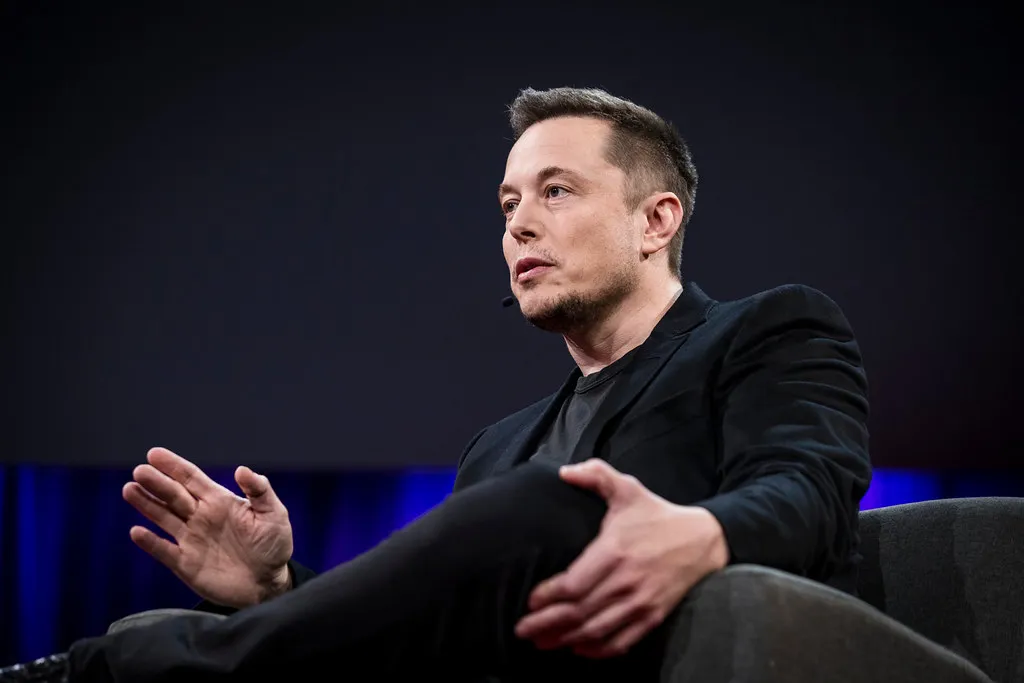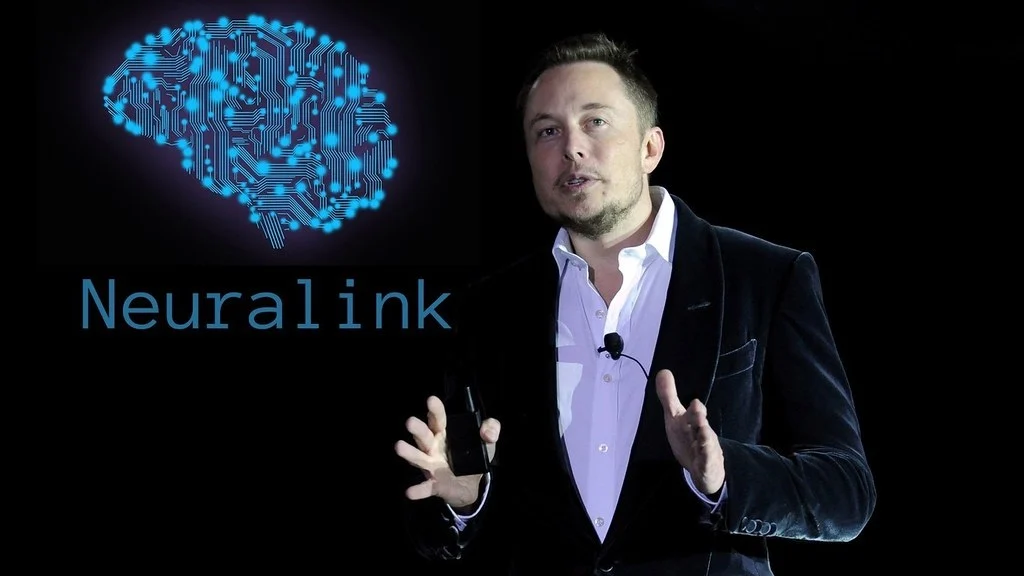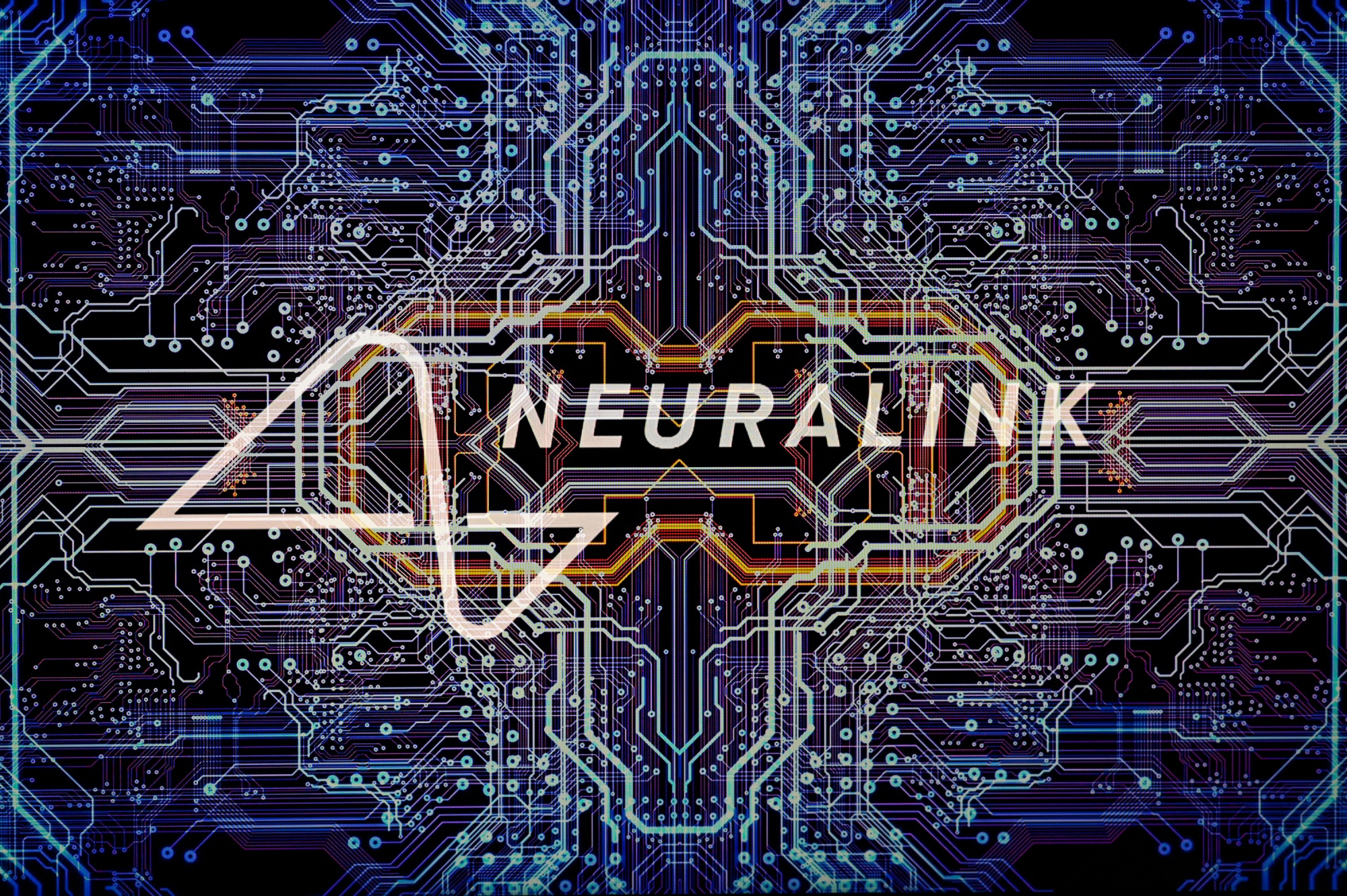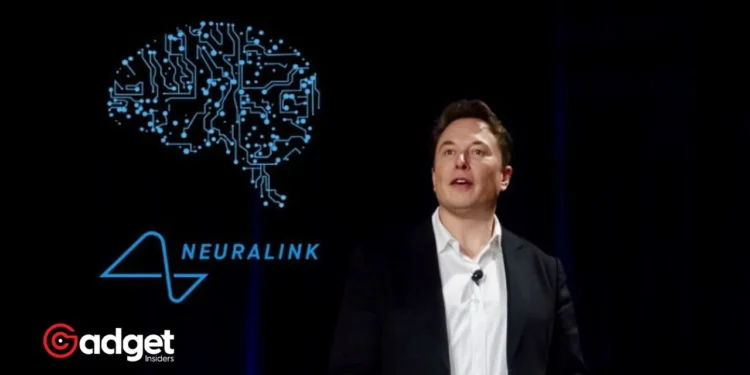In a world teeming with technological advances, one of the most heartening news to hit the headlines comes from Neuralink, under the stewardship of Elon Musk. The tech company is pioneering a device named “Blindsight,” which could turn the tide for individuals plagued by blindness, offering them a glimmer of hope in restoring their sight.
This article dives into the intricacies of Neuralink’s breakthrough, how it works, and the implications it holds for the future.
The Genesis of a Visionary Breakthrough
Neuralink, a name synonymous with cutting-edge brain technology, has recently made waves with its announcement of a groundbreaking device aimed at assisting the blind in regaining their vision.
Elon Musk, the visionary CEO behind Neuralink, revealed that their latest innovation has successfully allowed blind monkeys to see again, marking a significant milestone in the realm of medical technology.
The device, aptly named “Blindsight,” signifies a leap forward in Neuralink’s ambitious project to bridge the gap between the human brain and artificial intelligence.

The inception of Blindsight follows Neuralink’s earlier creation of “telepathy,” a device that facilitates operating computers solely with one’s mind. Musk’s revelation, as covered by The Independent, underscores a future where the bounds of human capability are continually pushed forward, merging the realms of biology and technology.
A Deep Dive into Blindsight’s Mechanism
Blindsight operates by implanting 64 tiny wires into the brain’s visual cortex, employing a sophisticated surgical robot designed by Neuralink.
This implant connects to a digital camera worn by the user, which captures live visuals and transmits them wirelessly to a mobile device. In turn, the phone processes these visuals into brain signals that are fed back to the Neuralink chip, enabling the user to ‘see’ the world around them without the use of their eyes.

Elon Musk has candidly remarked on the potential of Blindsight, stating that although the initial resolution might resemble early Nintendo graphics, there’s potential for it to “exceed normal human vision.”
Such a statement not only ignites imagination but also paints a picture of a future where technological advancements could offer unparalleled enhancements to the human senses.
Ensuring Ethical Treatment in Breakthrough Science
Addressing concerns regarding the ethical treatment of animals in their research, Musk assured that no monkeys were harmed during the development of Blindsight. This adherence to ethical research practices not only underscores Neuralink’s commitment to humane treatment but also helps in building public trust in their groundbreaking work.
Elon Musk, CEO of Neuralink, has demonstrated groundbreaking brain chip technology, allowing blind monkeys to regain sight through the "Blindsight" device.https://t.co/dgM3Z230dB
— Tech Times (@TechTimes_News) March 21, 2024
The Human Element: Neuralink’s First Public Trial
The narrative of Neuralink’s advancements reached a pivotal moment with the introduction of Nolan Arbaugh, the first human to undergo the brain chip implant. This live webcast offered the world a glimpse into the potential of Neuralink’s technology to change lives.
Arbaugh’s successful manipulation of a computer cursor using only his thoughts, and his subsequent ability to play games like Civilization VI and Chess, showcases the device’s promise in enhancing the capabilities of the human mind.
A New Dawn for the Visually Impaired
Neuralink’s Blindsight device is more than just a technological marvel; it’s a beacon of hope for those living in the shadows of visual impairment. With Musk’s announcement, the technological company has set the stage for a future where the blind could regain their vision and, with it, a sense of normalcy and independence.

This breakthrough serves as a testament to the potential of integrating technology with human biology, opening up new avenues for enhancing human capabilities. As Neuralink continues its journey, the world watches with bated breath, eagerly anticipating the next chapter in this remarkable saga of innovation and human resilience.










